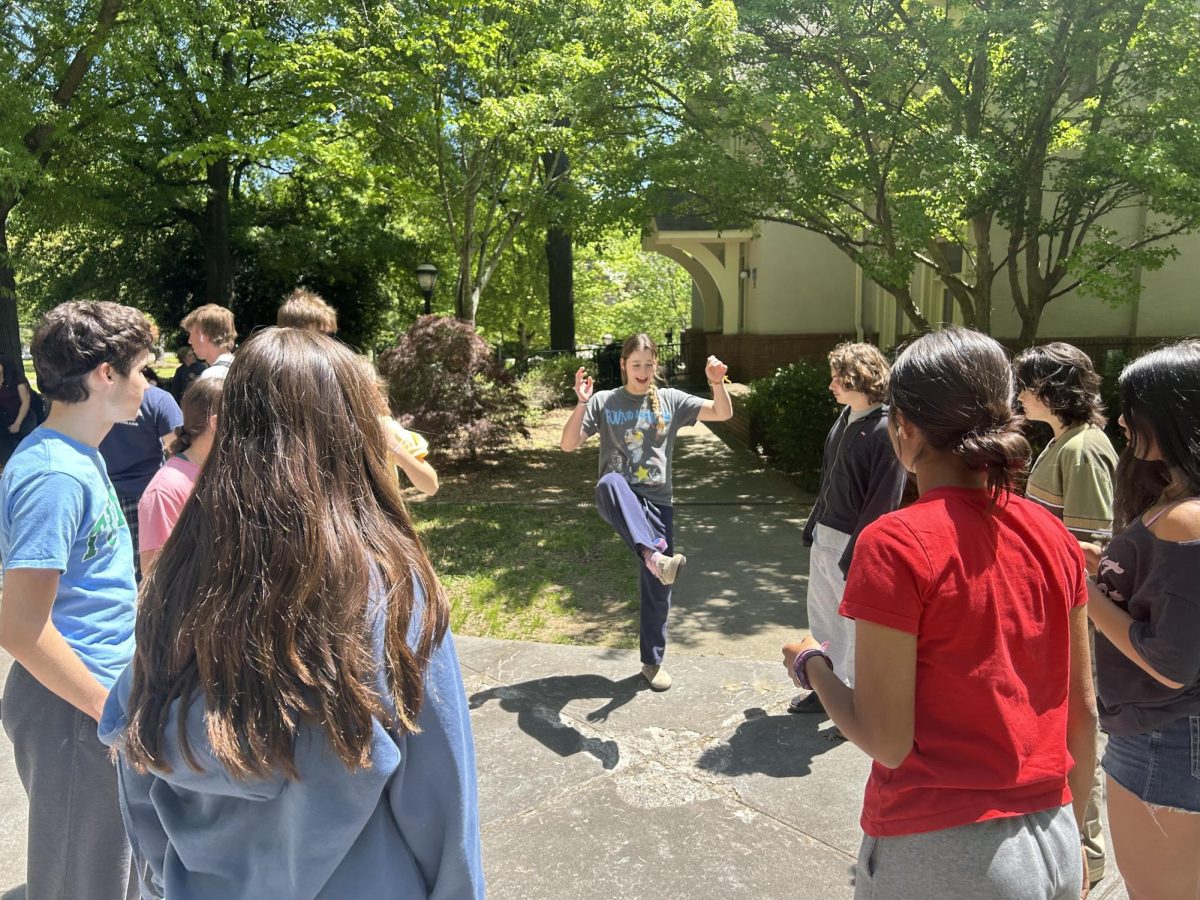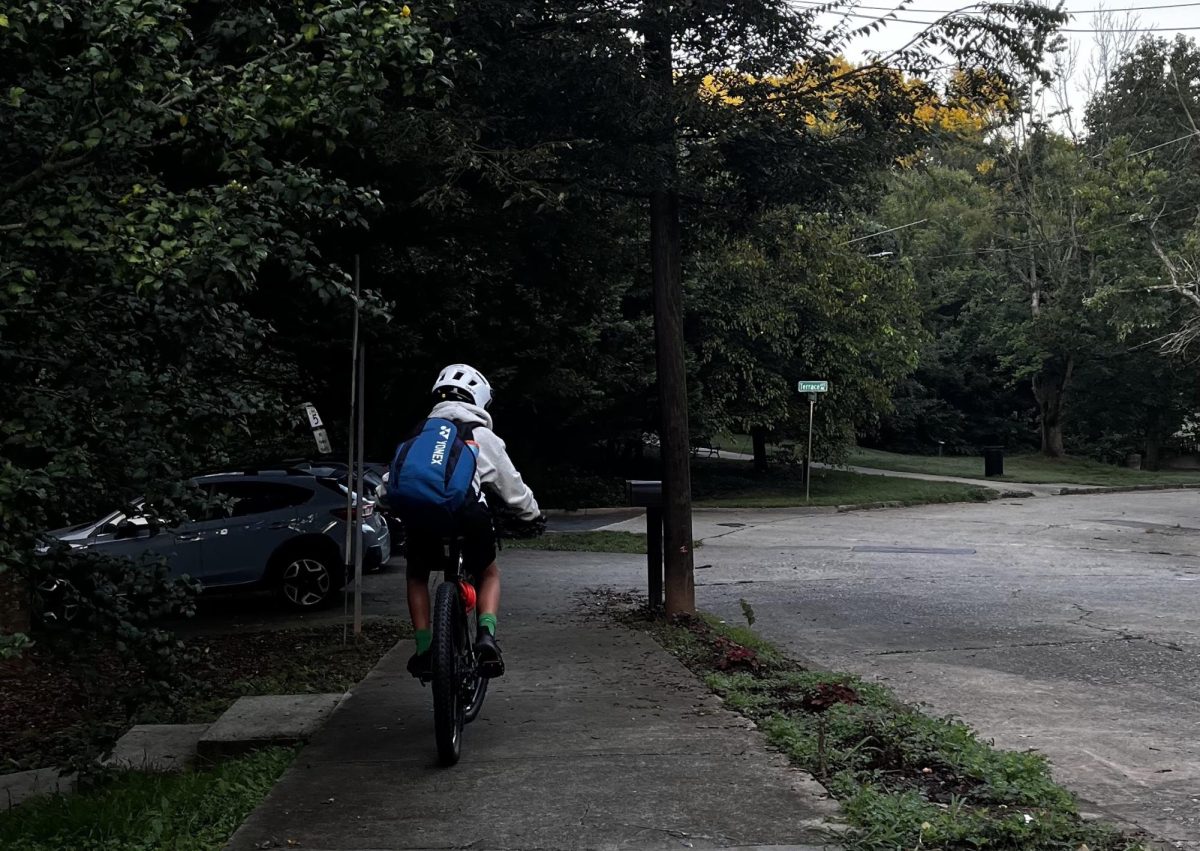Despite the high concentration of student drivers at Paideia, the amount of teenage drivers in general has fallen significantly in the last few decades. In fact, according to the Washington Post, in 1997 43 percent of 16-year-olds had their drivers licenses, compared to 25 percent in 2020—a notable decrease.
There are several possible reasons why this is the case. Throughout the 21st century, technology has become more sophisticated and accessible. Consequently, people now have the ability to socialize online. Driving to meet up in person is not required anymore, as teenagers can interact with others through online messaging, social media, and video games.
Additionally, driving is expensive. Many teenagers do not have their own cars or simply lack the opportunity to drive at all. The price for regular gasoline in America currently hovers around $3.85 per gallon, and car insurance prices range from $600 to $2,200 per year.
Another aspect of this shift is the rising concern for the environment. Vehicles that use fossil fuels like diesel and gasoline produce a third of America’s air pollution, according to National Geographic. As a result, an increasing number of young people are choosing walking, biking, and public transportation over driving.
For 17-year-old Jasper Sibille ’25, getting a driver’s license is not a priority. “I can get to most of the places I need to be walking or taking public transportation,” Sibille says. While the metro Atlanta area is largely car-dependent, Atlanta does have options for public transportation like the MARTA bus and train systems.
Additionally, the number of walkable urban centers in Atlanta is growing. For example, the BeltLine, built in 2005, is a 22-mile trail that connects inner-city neighborhoods. It is continuing to be built in order to reach an even wider range of people, and it is estimated to be completed in 2030. In accordance with the latest technological upgrades, improvement of public transport, and environmental affairs, the need for driving in general may continue to decline.


















